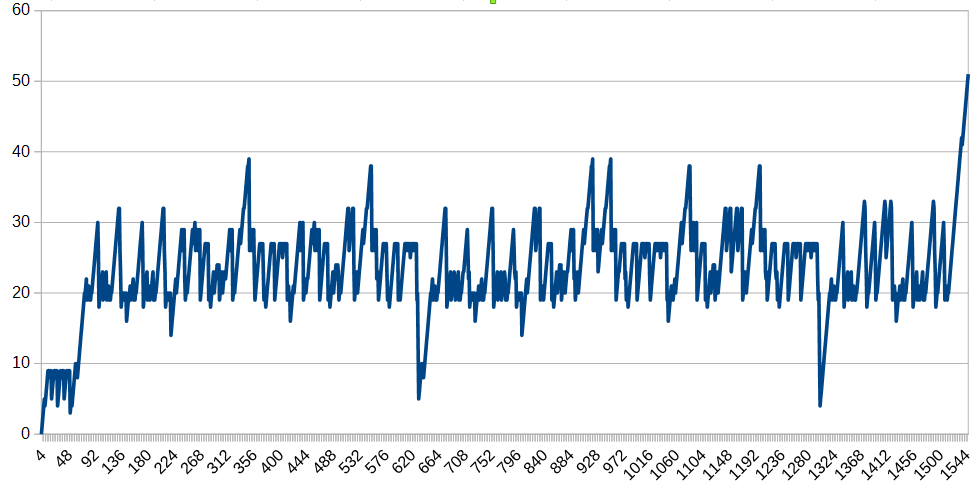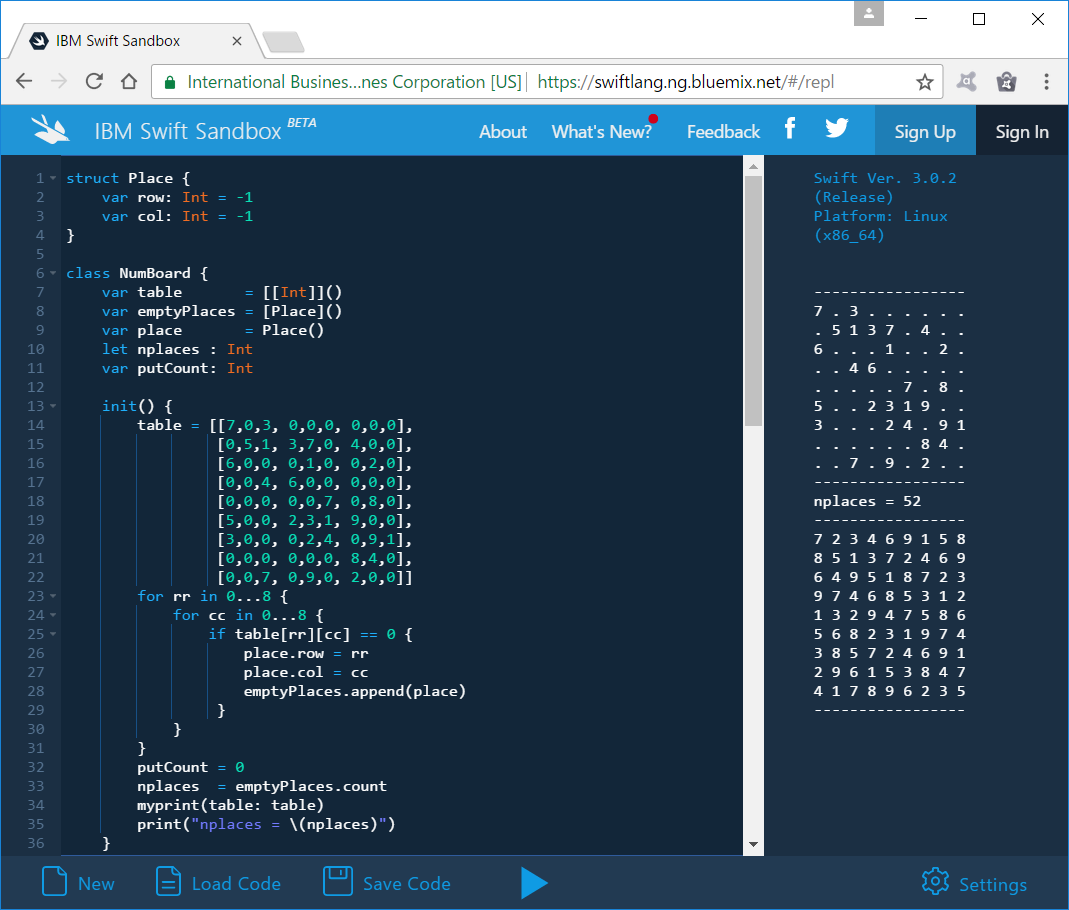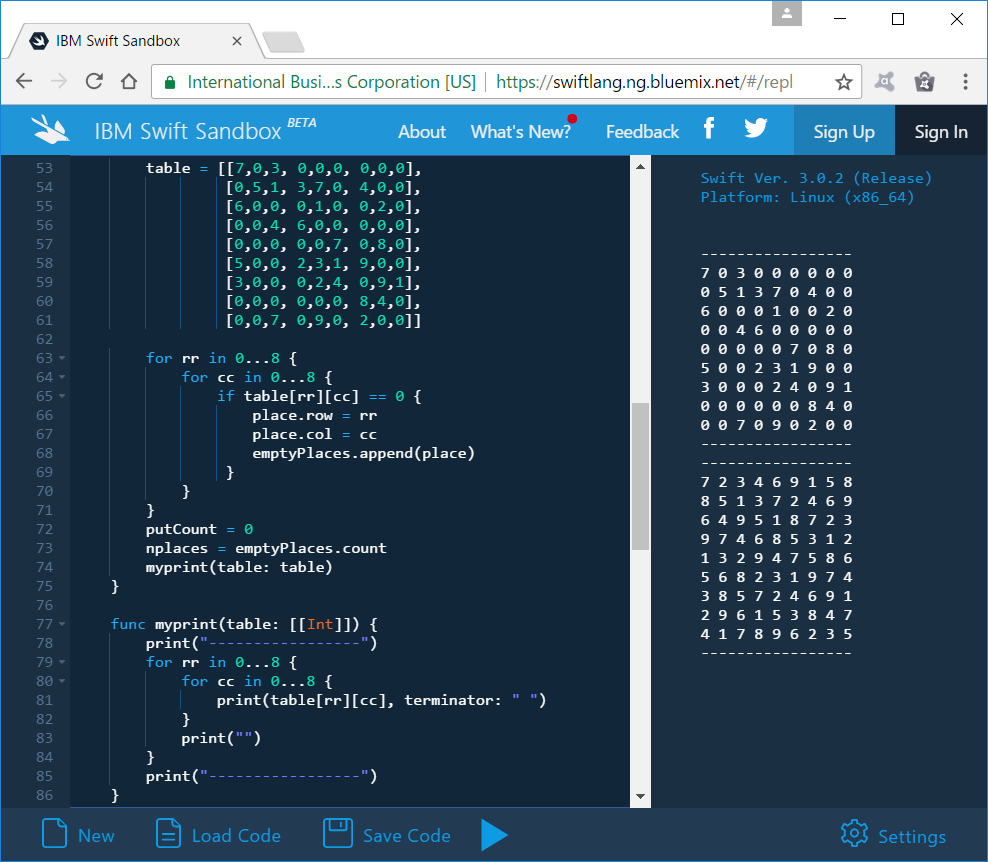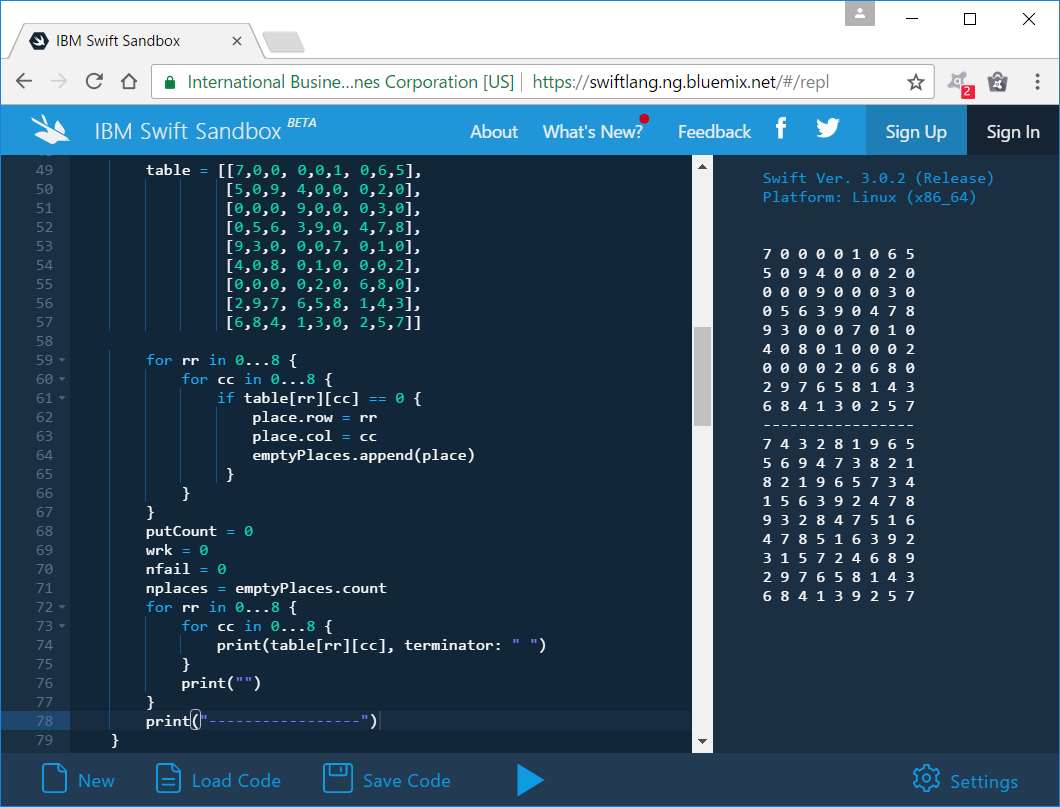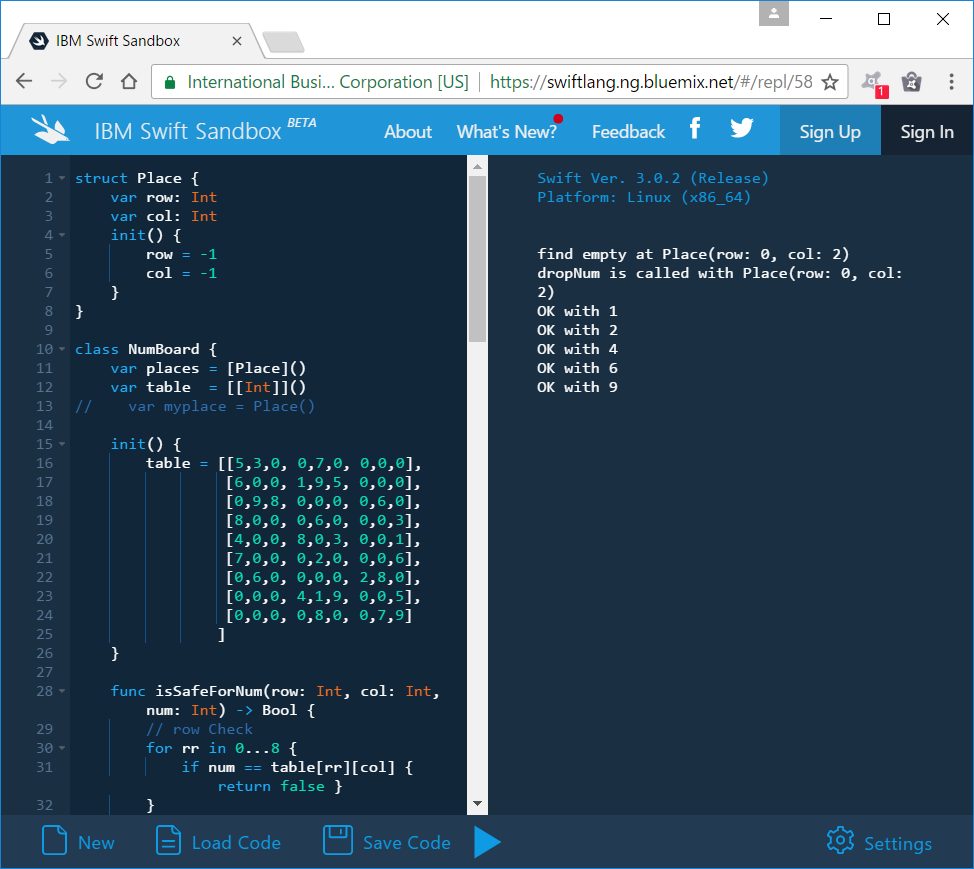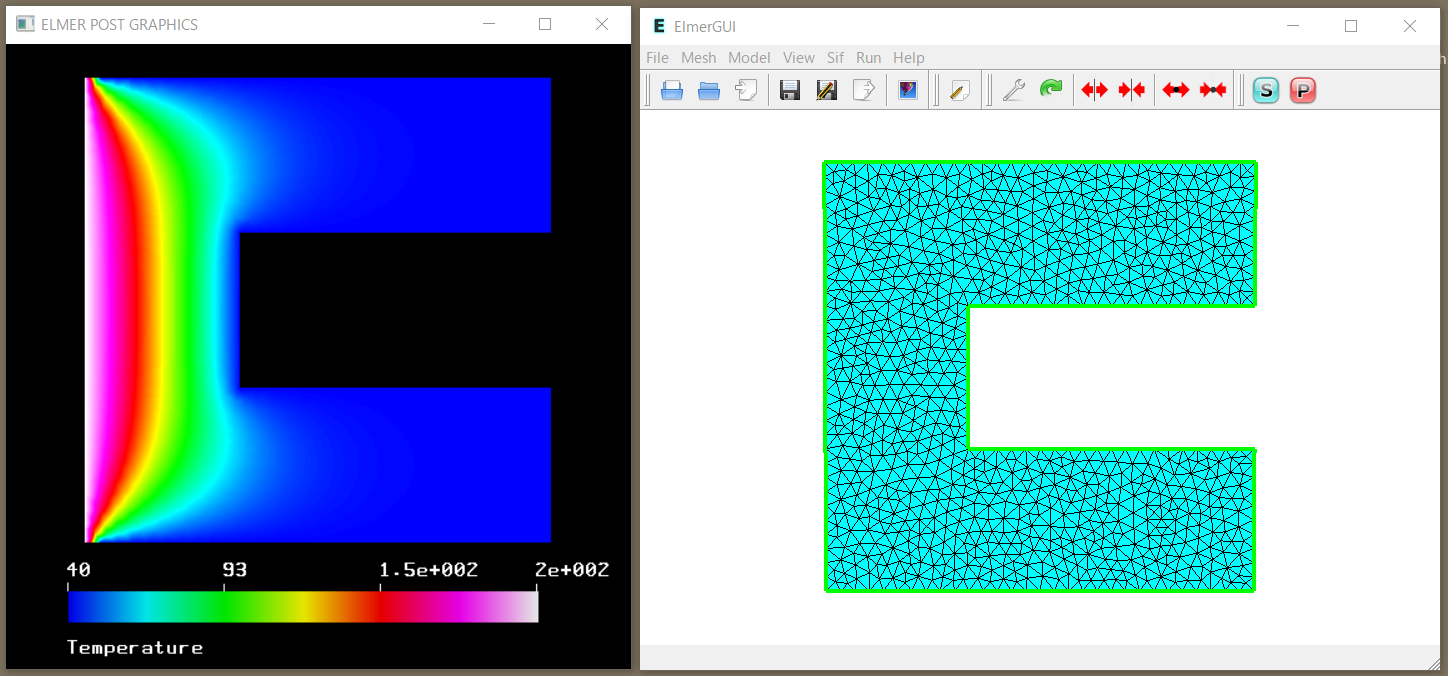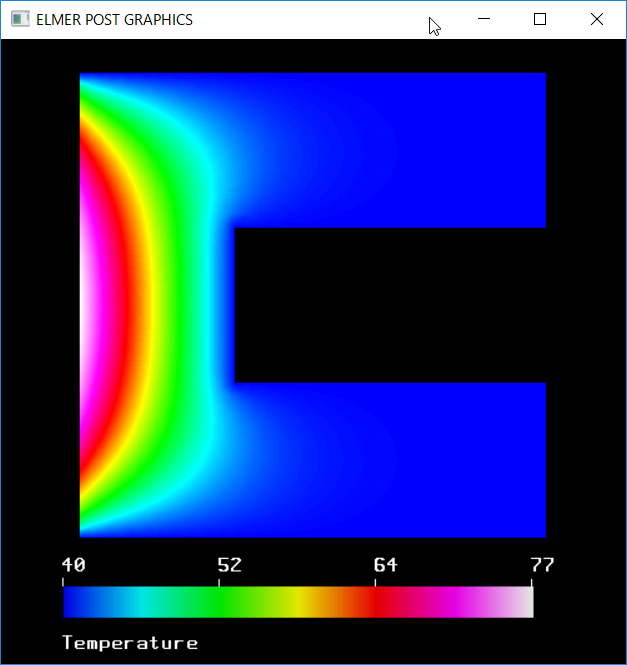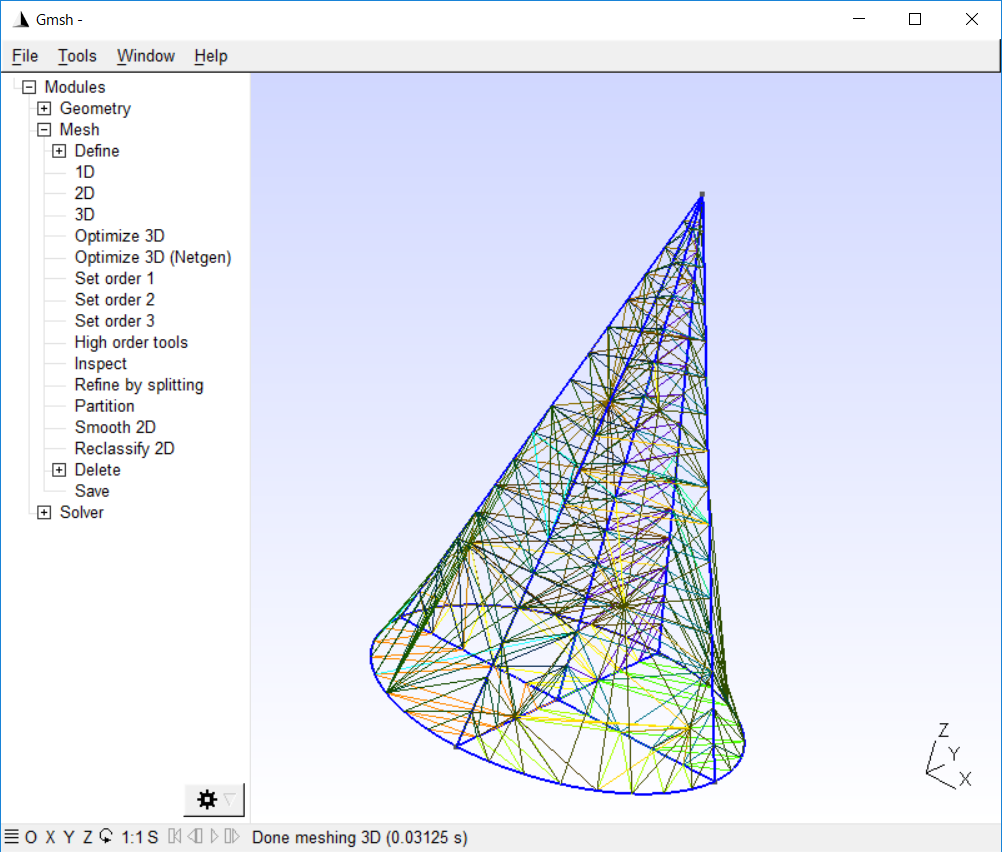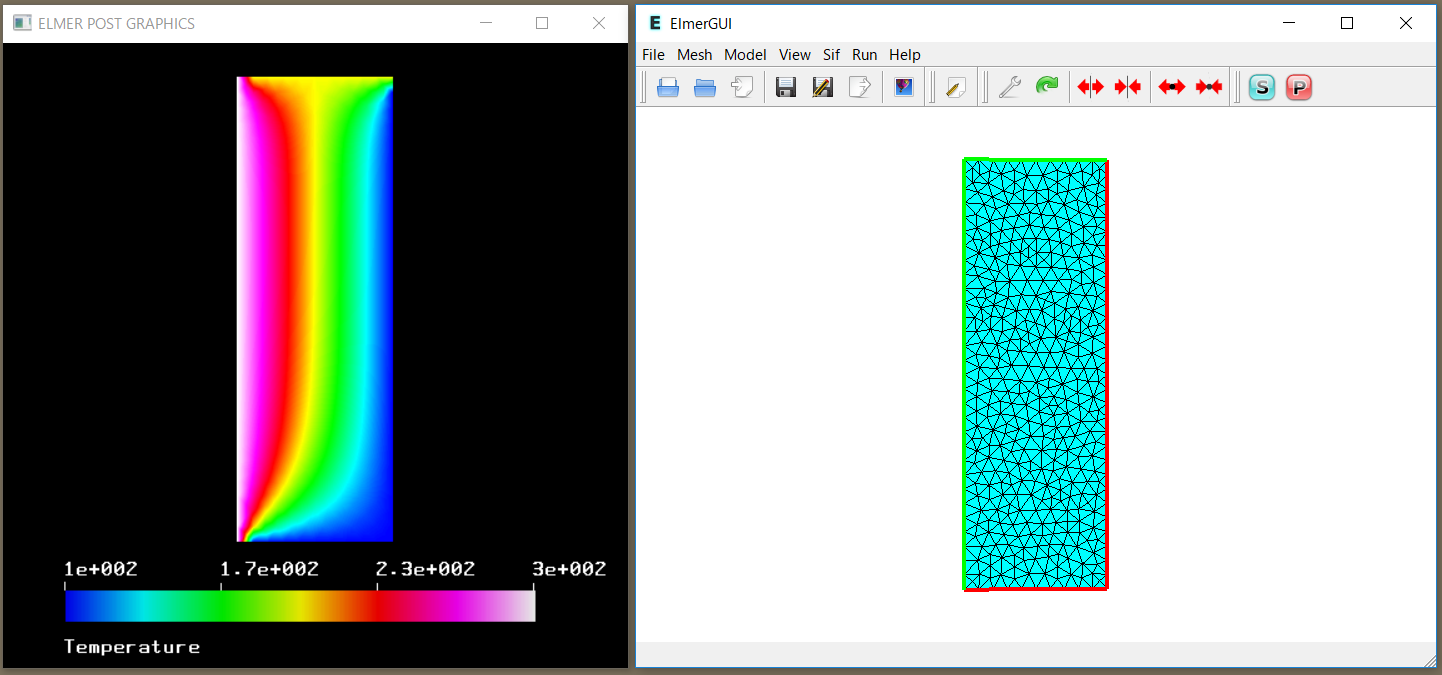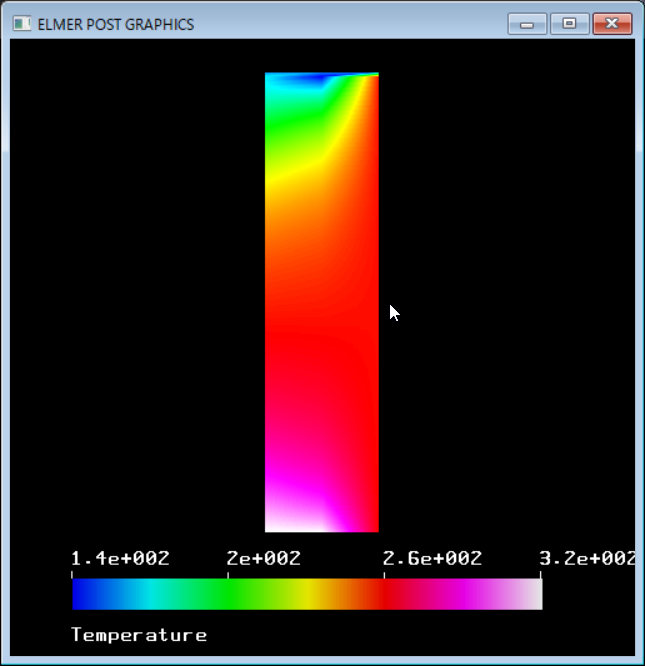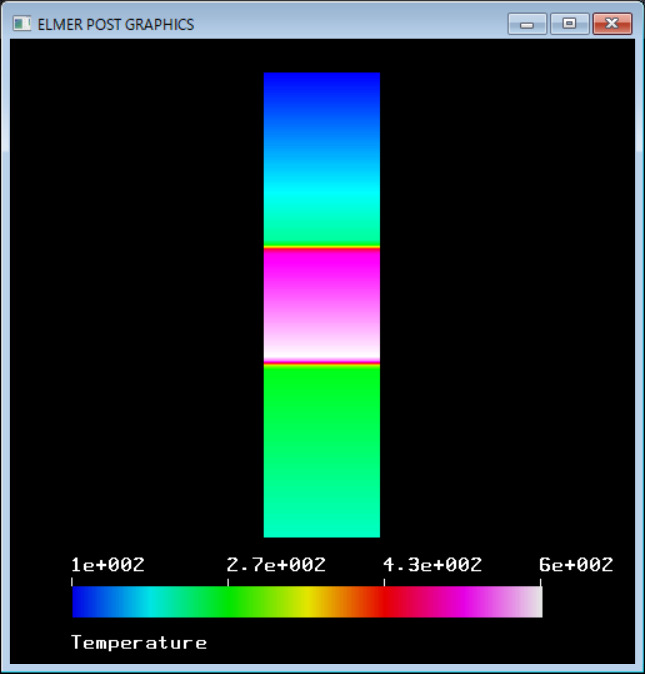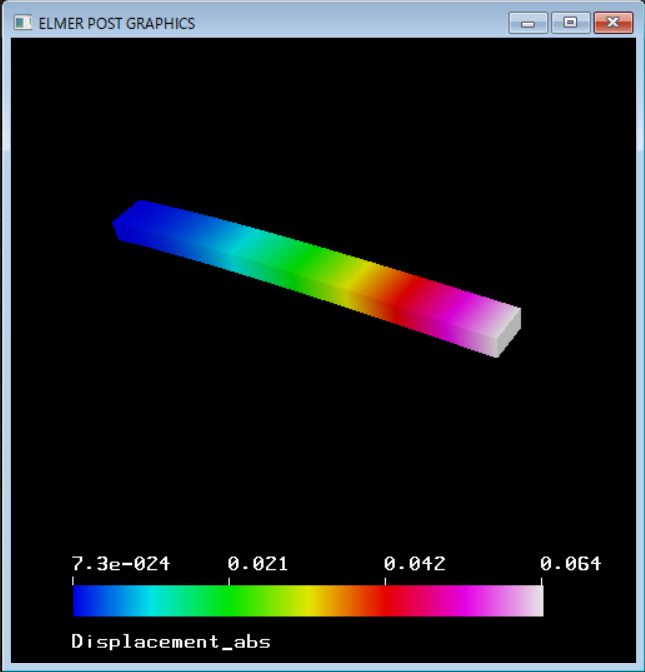The graph shows the value of the index when the recursive function dropNum(index: Int) is called. Note that initially there are 52 empty places to be filled.
func dropNum(index: Int) {
var place = emptyPlaces[index]
for num in 1...9 {
if isSafeForNum(place: place, num: num) {
table[place.row][place.col] = num
putCount += 1
if putCount == nplaces { return }
dropNum(index: index+1)
if putCount != nplaces {
place = emptyPlaces[index]
table[place.row][place.col] = 0
putCount -= 1
}
}
}
}
You can try the program at the site, IBM Swift Sandbox, by doing copy and paste the following 95 lines.
struct Place {
var row: Int = -1
var col: Int = -1
}
class NumBoard {
var table = [[Int]]()
var emptyPlaces = [Place]()
var place = Place()
let nplaces : Int
var putCount: Int
init() {
table = [[7,0,3, 0,0,0, 0,0,0],
[0,5,1, 3,7,0, 4,0,0],
[6,0,0, 0,1,0, 0,2,0],
[0,0,4, 6,0,0, 0,0,0],
[0,0,0, 0,0,7, 0,8,0],
[5,0,0, 2,3,1, 9,0,0],
[3,0,0, 0,2,4, 0,9,1],
[0,0,0, 0,0,0, 8,4,0],
[0,0,7, 0,9,0, 2,0,0]]
for rr in 0...8 {
for cc in 0...8 {
if table[rr][cc] == 0 {
place.row = rr
place.col = cc
emptyPlaces.append(place)
}
}
}
putCount = 0
nplaces = emptyPlaces.count
myprint(table: table)
print("nplaces = \(nplaces)")
}
func myprint(table: [[Int]]) {
print("-----------------")
for rr in 0...8 {
for cc in 0...8 {
if table[rr][cc] == 0 {
print(".", terminator: " ")
} else {
print(table[rr][cc], terminator: " ")
}
}
print("")
}
print("-----------------")
}
func isSafeForNum(place: Place, num: Int) -> Bool {
for rr in 0...8 {
if num == table[rr][place.col] { return false }
}
for cc in 0...8 {
if num == table[place.row][cc] { return false }
}
let rowBase = (place.row / 3) * 3
let colBase = (place.col / 3) * 3
for rr in 0...2 {
for cc in 0...2 {
if num == table[rowBase+rr][colBase+cc] { return false }
}
}
return true
}
func dropNum(index: Int) {
var place = emptyPlaces[index]
for num in 1...9 {
if isSafeForNum(place: place, num: num) {
table[place.row][place.col] = num
putCount += 1
if putCount == nplaces { return }
dropNum(index: index+1)
if putCount != nplaces {
place = emptyPlaces[index]
table[place.row][place.col] = 0
putCount -= 1
}
}
}
}
func play() {
dropNum(index: 0)
myprint(table: table)
}
}
// main program
let myboard = NumBoard()
myboard.play()

